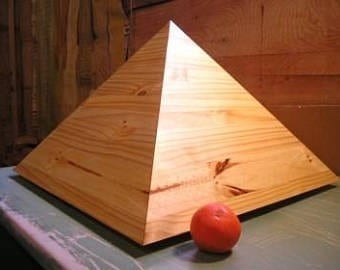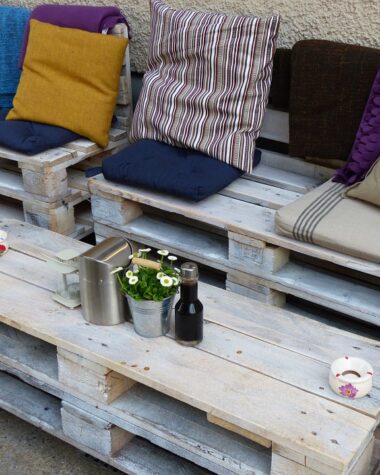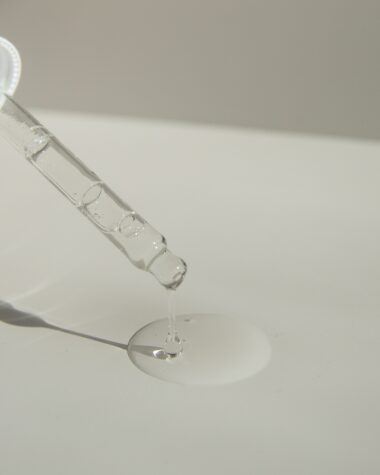Before looking at what happens if you paint treated wood too soon, it is important to know what is treated wood and why it is done.
What is Treated Wood?
Treating wood is a process that’s intended to prolong the life of lumber. Wood is treated appropriately with preservative chemicals to make it more durable and useful. When wood undergoes treatment, it has improved resistance to damage caused by insects like termites, fungi, mold, and microorganisms. Basically, treating wood with preservatives slows down the rate of decay.
There are two kinds of treated wood –
- Preservative treated wood
- Pressure preservative-treated wood
To pressure treat wood, a solution of various chemicals like copper, chromium, and arsenic is injected into the lumber in a pressurized vacuum tank. As the chemicals are waterborne, the treated wood is ‘wet’. Most of the available treated wood is sold in its ‘wet’ condition. It requires time for the water to leach out and the wood to dry before it reaches its optimal usability.
The properties of treated wood and untreated wood are a little different. Thus, before working with treated wood it is important to know some dos and don’ts.
To get good results while working with treated wood and to avoid disappointing results, it is advantageous to know what happens if you paint treated wood too soon.

What Happens if Pressure Treated Wood is Painted too Soon?
As mentioned earlier, the moisture level in recently pressure-treated wood is high or the wood can be considered ‘wet’. If not kiln dried, there is a high possibility that the lumber is still damp when you purchase it.
Wood that is even moderately damp is not likely to absorb the applied paint as well as completely dry wood. That increases the chances of a less durable and finer finish. Put in simple words, the paint job would not last long!
Here are the most likely consequences of painting treated wood when it is not yet ready –

Increased Chances of Paint Peeling Off
When wet wood is painted, it does not accept the paint well as water and chemicals act adversely on it. The dampness in the wood does not allow the paint to stick to the wood surface. As the water dries over time, it will result in peeling and chipping. The paint may peel off within weeks after application, creating an unsightly look.
Working with treated wood requires patience. As the moisture leaches out from the lumber, it shrinks and becomes smaller in size. When painted too soon, the shrinking process will speed up the paint peeling process.
Rushing the paint job may lead to extra work down the road. It is best to let the wood dry completely before applying coats of paint to it.
Bubble Formation
Painting too soon on treated wood can result in undesired bubble formation. The paint will mix with the moisture on the wood causing the paint to swell up, creating ugly bubbles. That interferes with quality finish and a short-lived paint job.
A Wet Painted Wood Board Tends to Warp
As discussed earlier, wood shrinks slightly as the dampness reduces. Treated wood when dries tend to warp. If wet wood is painted, the side with a coat of paint will dry at a slower rate compared to the other. The wood will begin to pull towards the shrinking side resulting in visible warping.
The Paint will Look Dull
When making an effort to paint a treated wood board, you want the color to be nice and visible with a superior finish. But, what happens if you paint treated wood too soon is that the color you expect to get when the paint dries does not show. Painting on wet wood may make the color look paler, dull, and uninviting.
When there is moisture in the wood, the paint will thin down by mixing with the water present on the wood fibers. That will lead to poor coverage, runny consistency of paint, a washed-out look, and unwanted drips. Once the paint dries, you may not get the result you were expecting from your paint job.
Moisture Makes it Difficult to Paint
Humidity in wood can wreak havoc on a paint job. It can lead not only to disastrous results but also makes the painting task difficult. You will not enjoy the painting process as much on wet wood as compared to a dry, treated-wood board.
How to Test if Treated Wood is Ready for Paint
Now that you know what happens if you paint treated wood too soon, the next question in your mind must be how to understand if a treated-wood board is dry?
It is a fairly simple process to check if treated wood is ready for a painting job. Drop a few beads of water on the wooden board. Wait for a few minutes. If the water droplets are absorbed by the wood, it’s ready to take paint.
You can also use a moisture meter to measure the amount of moisture present in the wood. For best results check the dampness results in several spots on the treated wood board.

When is the Ideal Time to Apply Paint on Pressure-treated Wood?
After coming out from the treatment chamber, treated wood consists of a notable amount of moisture. The best time to paint pressure-treated wood is when a maximum of the moisture and chemicals have evaporated from the wood’s fibers. It may take months for the dampness to go away. It’s worth the wait as applying paint on saturated wood will make the painting job look sloppy. The paint will not adhere properly to the wood fibers giving an untidy finish and chances of rapid peeling sooner than expected.
Conclusion
To get the best paint adhesion results and to avoid paint job disasters always consider what happens if you paint treated wood too soon. A painting job done in a hurry will lock the moisture trapped within the wood. It will have nowhere to escape resulting in wet paint for a longer time. Since it will take longer for the paint to harden, the surface will have greater chances of sustaining dents and scuffs. You surely don’t want the paint to chip, peel, and have a faded, dull look when it dries.







